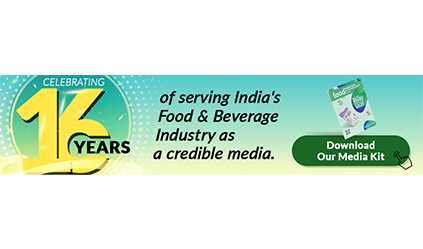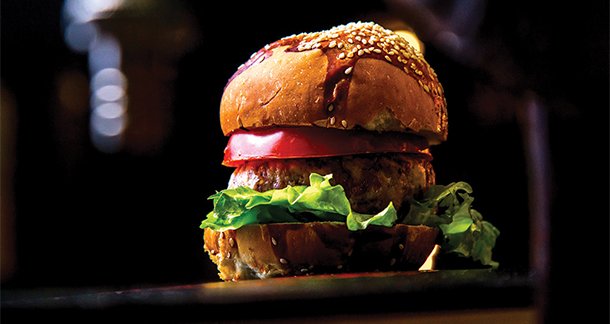Introduction
In the fast-evolving food industry, two fundamental objectives often seem to be at odds with each other: the relentless drive for innovation and market disruption on one hand, and the unwavering commitment to food safety on the other. Businesses are constantly looking to revolutionize their offerings by introducing novel products, implementing cutting-edge technologies, and streamlining operations to gain a competitive edge. However, these ambitious strides must not come at the cost of consumer health and regulatory compliance.
The Dance between Disruption and Safety
Innovation and disruption are critical to the growth of the food industry. New consumer trends, dietary preferences, and technological advancements drive the need for rapid transformation. Food companies seek to capitalize on these changes by launching novel food products, implementing automation, and adopting emerging technologies such as artificial intelligence (AI), blockchain, and the Internet of Things (IoT).
It is imperative that companies take a holistic approach, ensuring that every step of their operations—from sourcing raw materials to delivering the final product—adheres to the highest safety standards.
Challenges at the Intersection of Disruption and Safety
Food businesses face numerous challenges when balancing innovation with safety. Below are some of the key obstacles that need to be navigated:
1. Rapid Industry Changes
The food industry is one of the most dynamic sectors, with consumer preferences shifting at an unprecedented pace. The demand for plant-based alternatives, functional foods, and sustainable packaging solutions has skyrocketed, compelling companies to reformulate products and adopt new manufacturing techniques. However, these swift changes may outpace food safety assessments, increasing the likelihood of potential hazards being overlooked.
For instance, the rise of alternative protein sources, such as lab-grown meat and insect-based proteins, poses new safety considerations regarding allergen, microbial contamination, and processing efficacy. Regulatory bodies and businesses must work in tandem to establish robust safety standards before these innovations reach mainstream adoption.
2. Regulatory Compliance Complexity
Governments and food safety authorities worldwide are continuously updating regulations to address emerging risks. Food businesses must navigate this ever-evolving landscape while ensuring compliance with multiple standards. For multinational corporations, managing regulatory compliance across different regions can be particularly challenging. A product deemed safe in one country may require additional testing or reformulation in another due to varying safety regulations. The cost and time associated with meeting these requirements can hinder the speed of innovation.
3. Increasing Supply Chain Complexity
Modern food supply chains are globalized and highly complex, involving multiple stakeholders across different regions. While this interconnectedness enables cost efficiencies and product diversity, it also introduces risks related to food safety and traceability.
4. Rising Consumer Expectations
Modern consumers are more informed and discerning than ever before. They demand transparency, sustainability, and high-quality products while expecting brands to uphold the highest food safety standards. Social media and online platforms amplify consumer voices, making it easier for food safety incidents to gain widespread attention and damage a brand’s reputation.

Strategies for Success
To navigate the tightrope between disruption and safety effectively, food businesses must implement a strategic approach that prioritizes both innovation and food safety. Below are key strategies to achieve this balance:
- Proactive Risk Assessment
Before implementing any disruptive change, businesses must conduct comprehensive risk assessments to identify potential hazards. This includes:
- Evaluating the safety of new ingredients or processing techniques.
- Conducting microbial and chemical risk assessments.
- Assessing potential allergen cross-contamination.
By addressing risks at the early stages of product development, businesses can mitigate potential safety issues before they escalate.
- Data-Driven Decision-Making
Leveraging data analytics can significantly enhance food safety and innovation. Companies can use AI and machine learning to identify patterns, trends, and potential risks within their supply chain and production processes. Predictive analytics can also help anticipate foodborne illness outbreaks and quality control issues before they arise.
- Cross-Functional Collaboration
Integrating food safety considerations into all business decisions requires seamless collaboration between R&D, quality assurance, procurement, and operations teams. Cross-functional teams should work together to ensure that food safety is a core component of every innovation initiative.
- Continuous Training and Education
Employees at all levels must be regularly trained on evolving food safety standards, new technologies, and best practices. This ensures that staff members are equipped to handle emerging safety challenges while supporting business innovation.
- Adoption of Emerging Technologies
The food industry can benefit from adopting advanced technologies to enhance food safety. Some examples include:
- Blockchain for real-time supply chain traceability.
- IoT sensors for real-time temperature and humidity monitoring during transportation and storage.
- AI-driven quality control for detecting contaminants and defects in food products.
Best Practices for Navigating the Tightrope
To successfully balance innovation and food safety, businesses should adhere to the following best practices:
- Stay Informed: Continuously monitor industry trends, scientific research, and regulatory updates.
- Prioritize Transparency: Communicate openly with consumers about safety measures and product integrity.
- Test and Validate: Conduct pilot runs before full-scale implementation of new products or processes.
- Regular Audits and Inspections: Ensure compliance through rigorous internal and external audits.
- Adaptability: Be flexible in modifying strategies to address emerging safety concerns or regulatory shifts.
Conclusion
Navigating the intersection of food business disruption and safety is a delicate yet essential task. While innovation is vital for growth and competitiveness, it must never come at the expense of consumer health and trust. By adopting a proactive, data-driven, and collaborative approach, food businesses can successfully introduce ground breaking changes while upholding the highest safety standards.
In an industry where a single oversight can have far-reaching consequences, companies that prioritize both innovation and safety will emerge as leaders. By walking this tightrope with precision and responsibility, businesses can shape a future where food safety and industry advancement go hand in hand, ensuring long-term success and consumer confidence.



